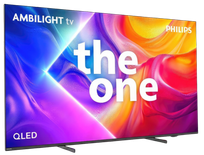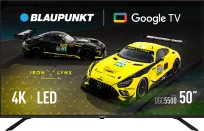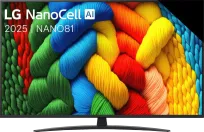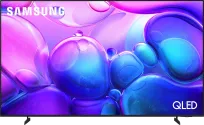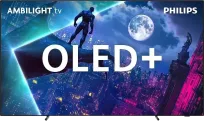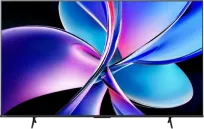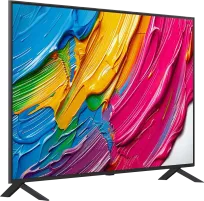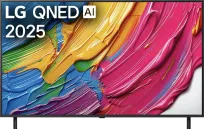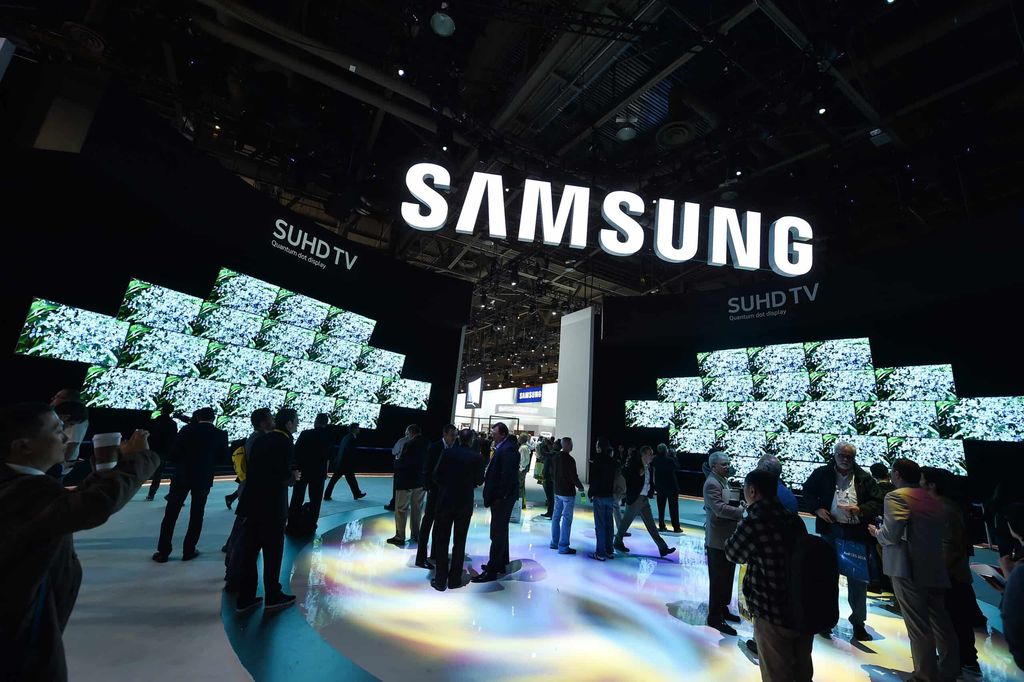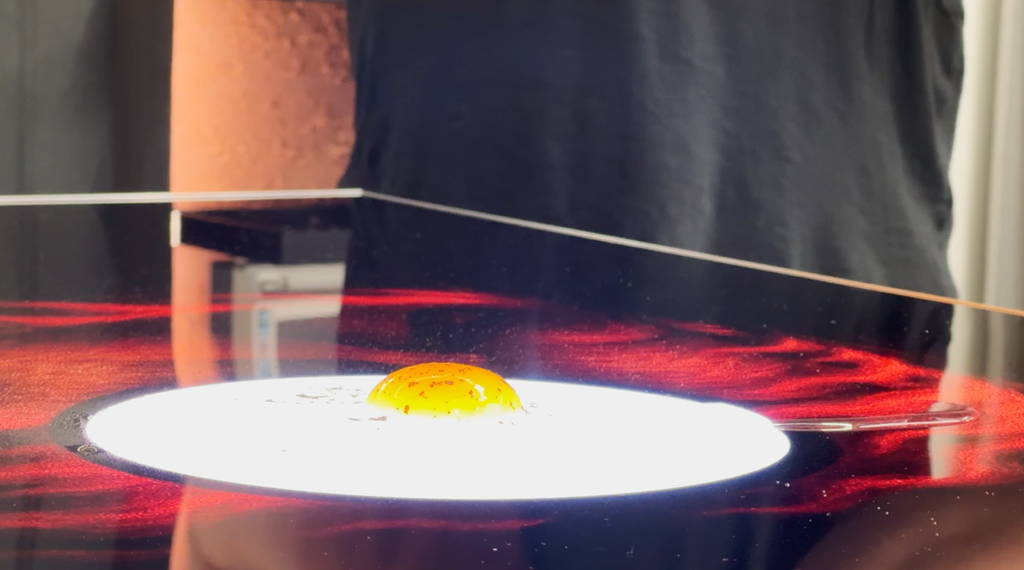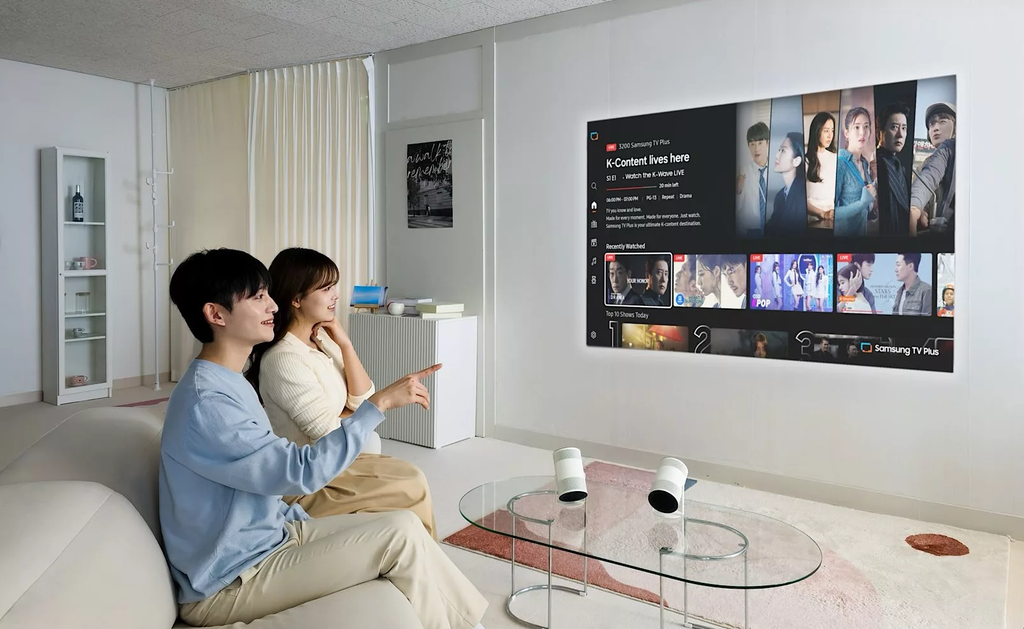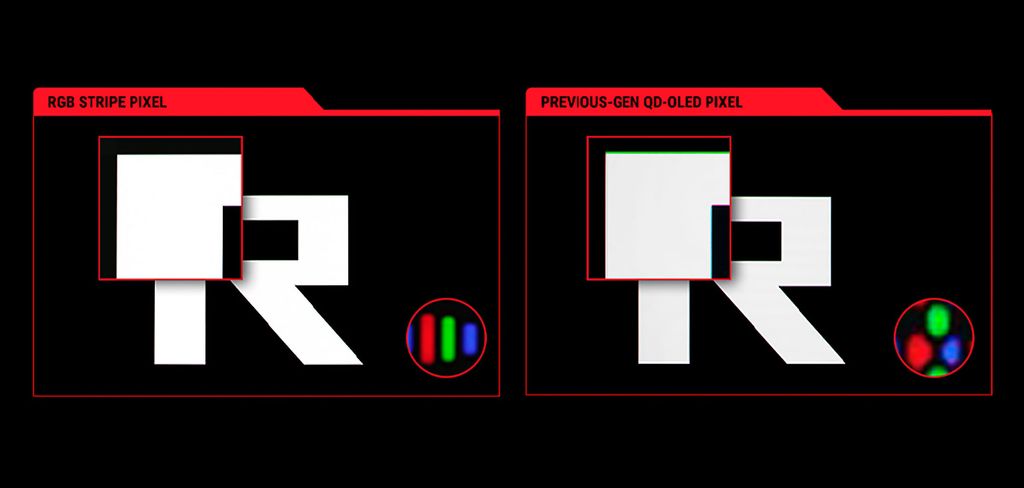
Another year goes by, and NeoQLED televisions have firmly settled into Samsung's offering – they are currently the most important line of LCD televisions from this brand. In 2025, the manufacturer decided not only to refresh the series but also to clearly change its place in the entire portfolio. Models with the "F" suffix have replaced those from previous years, and the differences do not end with the naming. We check what’s new in the 2025 NeoQLEDs, how the individual models differ, and which one is worth buying.
What exactly is NeoQLED?
Alright – since you’ve found your way here, it might not be obvious what these NeoQLEDs really are. The name sounds impressive, but what’s it all about? Let’s explain.
NeoQLED is simply Samsung's marketing name for QLED LCD televisions that use modern Mini LED diodes and local dimming instead of standard LED backlighting.
Sounds simple? Because it is. In practice, we still have a classic LCD screen with a Quantum Dot layer, which, thanks to the denser Mini LED backlighting, can offer significantly higher contrast and brightness than standard televisions without this technology.
And what about that QLED? It’s nothing more than a layer of quantum dots – tiny particles that enhance colors. In practice, these particles ensure that, for example, red is really red and not pink.
In short: NeoQLED = QLED + Mini LED + advanced local dimming control.
NeoQLED 8K in 2025 – a future that is already here?
Alright, enough of this marketing chatter. Let's get to the specifics.
Samsung truly went big in 2025 when it comes to Mini LEDs. The portfolio has been expanded from more affordable models to absolutely top-of-the-line televisions that are meant to shine both on the store shelf and in a luxury living room. At the very top are two 8K models – QN900F and QN990F. And while their names suggest they are quite similar, in practice, we are dealing with completely different approaches.
QN990F – just like the movie "Back to the Future"
QN990F is a flagship in every sense. A television that looks like it just stepped out of a lab from the future. It has a wireless One Connect module, which means all the cable clutter is located somewhere off to the side – there’s practically nothing around the screen itself. Additionally, you get a panel with 8K refresh at 120 Hz or 4K at 240 Hz, an enormous number of dimming zones, and a complete lack of bezels around the image. The whole thing stands on a glass base, which enhances the effect of the “floating” screen. It really looks like something from the movie “Back to the Future” – and that’s exactly the effect Samsung wants to achieve.
QN900F – like The Frame 8K
On the other hand, the QN900F is its more subdued brother. We are still talking about a high-end 8K television, but there's no more fireworks when it comes to appearance. It has a classic, fairly "thick" frame – something that resembles the style of the Samsung The Frame television more. The wireless One Connect also disappears. It is still a very good model, but rather for those who value sturdiness and tried-and-true solutions, rather than necessarily wanting to impress guests with the "wow" effect right from turning the television on.
Which one to choose? There will be time for tests later, but it can already be assumed that if the budget allows, then the QN990F is the more "premium" television – both in terms of appearance and the technologies used.
Matte display in 8K televisions!
Finally, it's worth mentioning one interesting common element. Both models received a matte "Glare Free" display – a solution that was previously mainly reserved for The Frame model and some OLEDs, such as the S95 series. Now the matte coating is also making its way to the flagship 8K NeoQLEDs, allowing them to handle light reflections in a bright room much better. In everyday use, this could be a more significant change than all the numbers and megahertz combined.
NeoQLED 4K 2025 – which one to choose?
Alright, the absurd futuristic tops are behind us. It's time to come back down to earth and focus on what truly interests most people looking for a new television. We're talking about the classic NeoQLED 4K televisions – the more budget-friendly ones that have a chance of making it into our living rooms. This year, Samsung has prepared as many as four different models that may seem similar at first glance, but in practice can differ significantly. Let's start with the best one.
QN90F – matte flagship 4K
QN90F is the direct successor of the well-known and beloved QN90D. On paper, it looks very similar – similar number of dimming zones, similar technologies, the same direction of development. But Samsung is pulling out its "ace up the sleeve" this year – matte coating on the screen.
Does it make sense? After conversations with several people and experiences from earlier tests – it seems like it does. The matte screen is a compromise between "vibrancy of colors" and lack of reflections, which performs really well in everyday use. For many users, the absence of reflections is simply more important than a little bit of lost screen brightness during the day.
Therefore, QN90F is supposed to be the flagship 4K NeoQLED – slightly cheaper than the 8K beasts, but still powerful. It will be suitable for both gaming (144 Hz panel, low latency, VRR) and watching movies – thanks to refined image processing algorithms and a fast processor.
QN85F and QN80F – the differences are there, but subtle


Next, we have QN85F and QN80F – two TVs that look almost identical, have a very similar design, and both utilize local dimming technology. What sets them apart is probably the number of backlighting zones, as was the case with the 2024 models (QN85D vs Q80D).
Aside from that, the differences will likely be quite subtle – slightly boosted brightness, a somewhat better speaker set, or other details in the specifications. Here, it's fair to admit – it’s worth waiting for our first tests. However, if both models are available at a similar price, the logical choice seems to be the more expensive QN85F – because it is very likely to simply offer more.
QN70F – the cheapest NeoQLED and a little riddle
At the very bottom of the lineup appears QN70F (or QN77F) – and this is an interesting debut. For the first time in history, the Q70 series is entering the NeoQLED family. The TV is supposed to be brighter than typical LCD models from the previous year, and it also received a new processor and AI features. Sounds good? Theoretically, yes.
The problem is that as one of the NeoQLEDs, it uses edge lighting, rather than full local dimming. This means that in terms of black levels and contrast, it may perform considerably worse than higher models – but we will hold off on the assessment until the first tests. For now, QN70F looks like an option for gamers and budget-conscious users who want to enter the world of Mini LED but don’t necessarily need cinematic blacks.
What connects all the NeoQLEDs 2025?
There is one thing that really ties all these models together into one whole – and no, we’re not talking about any super technical parameters or another magical feature like “AI HDR Ultra Turbo Max.” It’s about the approach to using the television itself.
Samsung in 2025 has focused on something it calls Vision AI – a whole concept of a television that is no longer just a screen for watching Netflix, but actually a control center for the home and multimedia. We’re not going to overly praise features like picture adjustment for lighting conditions right now – although yes, that works too. Far more interesting are the things that really add value to everyday use: a smart assistant that is genuinely smart, gesture control using a Samsung watch, quick access to multiple services, better integration with apps, or even easy pairing of headphones and speakers. And while it all sounds like marketing slogans, it’s this entire “ecosystem” that makes the television start to function as the center of our digital life – and not just a large screen on the wall.
 Paweł Koper
Paweł Koper